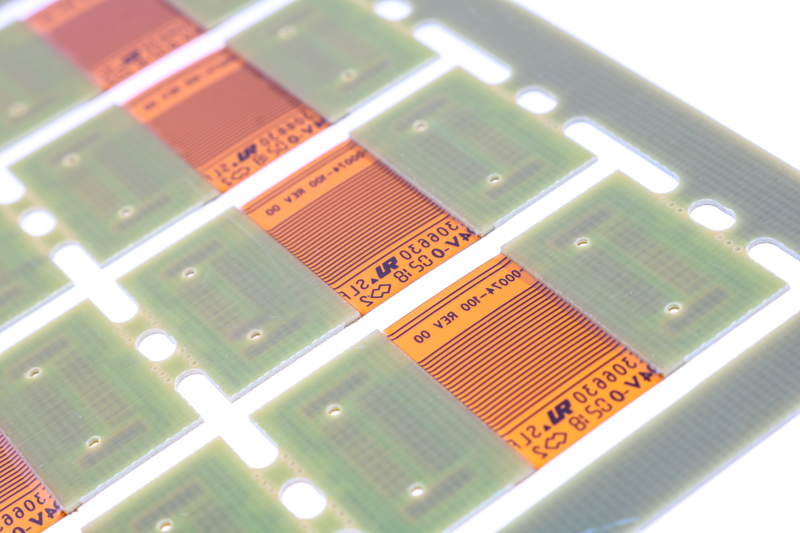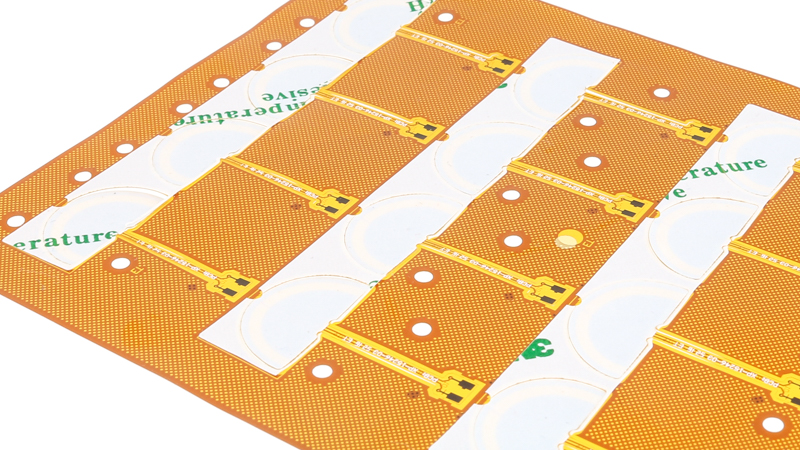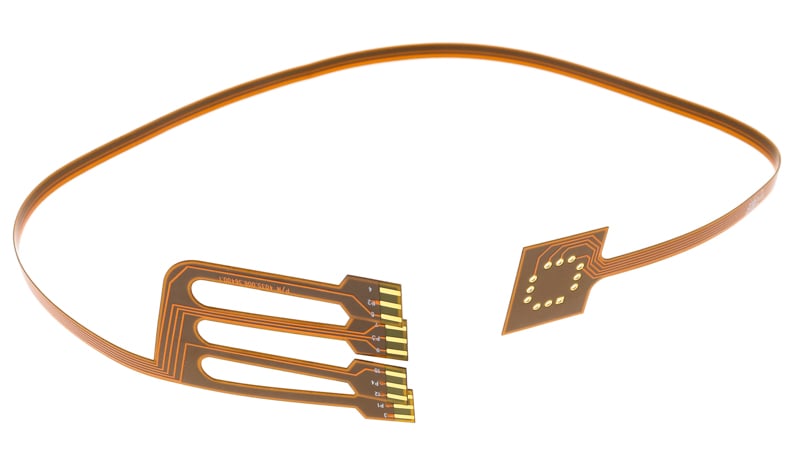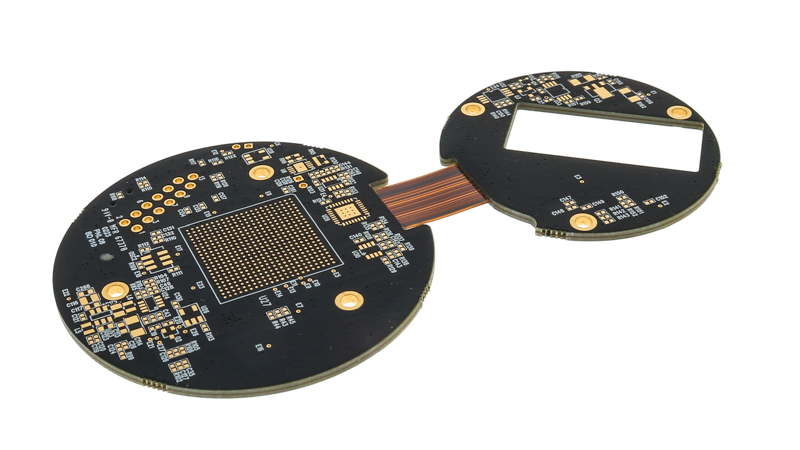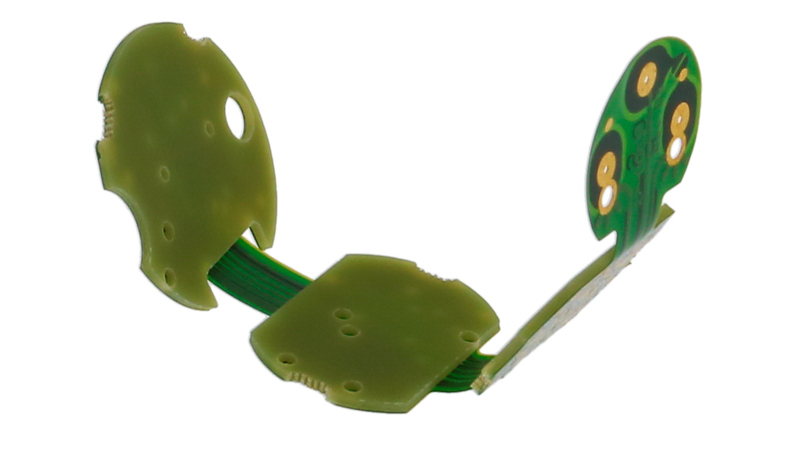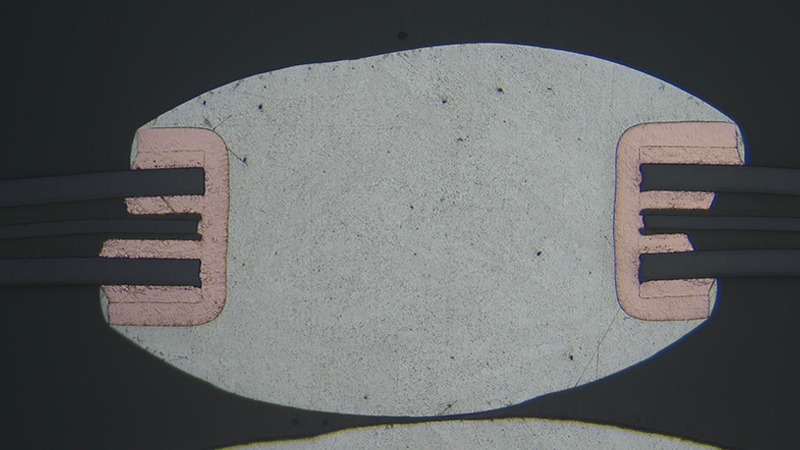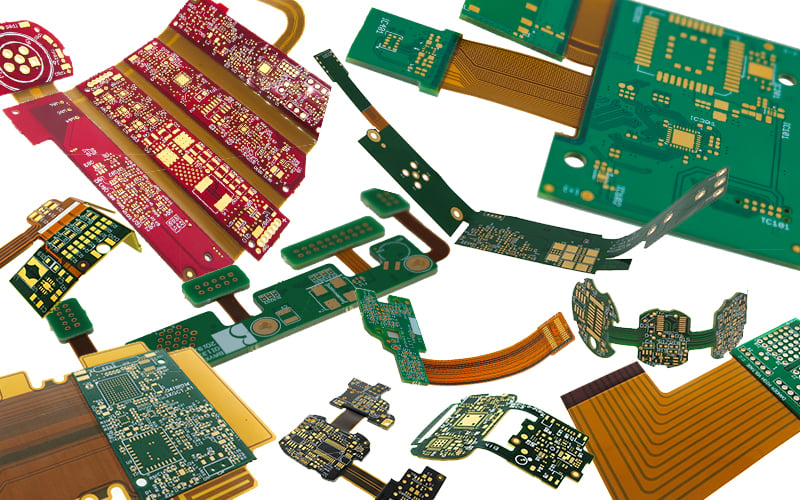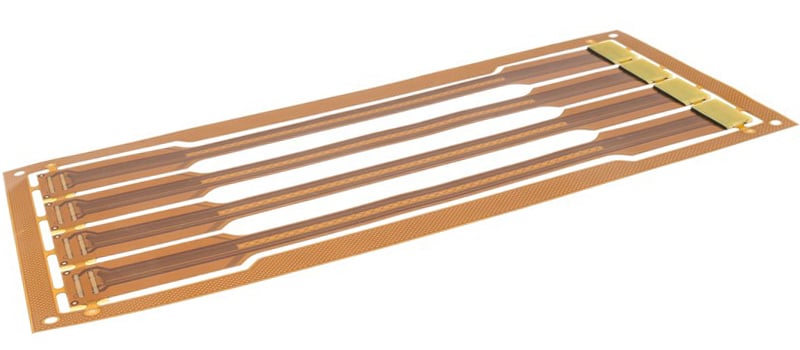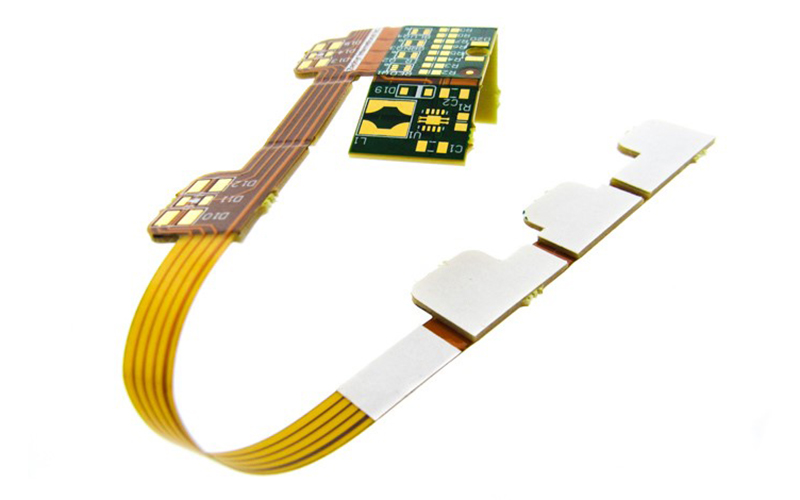A stiffener is defined as a piece of material adhered to a flexible printed circuit board that rigidizes one zone of the board. While a stiffener holds no electrical value to a PCB, it does maintain a crucial part of most flexible PCBs in the market by hardening that portion of the board.
At first glance, the answer to the question “How many layers can a flexible circuit have before it can no longer bend?” sounds like a simple, black-and-white answer. However, this answer proves to be more complex than expected and involves a great deal of specifications before it can be answered.
One of the key components in the stack-ups for flexible circuits is adhesives. From bonding coverlays to the surface to adhering stiffeners to rigidize the circuit to create additional use applications for the circuit, adhesives hold many possibilities and can add another dimension of complexity to flexible circuits.
Applications that rely on printed circuit boards (PCBs) to control functions can experience difficulties when having operating components or when designed in slimmed or smaller sizes. Standard rigid circuit boards have to be made in specific sizes and dimensions, which can make it difficult when designing working components that could scrape against and damage the PCB.
Rigid-flex printed circuit boards (PCBs) are a great solution to combine the benefits of both rigid and flex PCBs, but as a result, can accumulate the design challenges of both types alongside creating their own challenges along the way.
Flexible printed circuit boards are a type of printed circuit board (PCB) that has been designed to be more flexible than traditional rigid printed circuit boards. They offer many advantages over their traditional counterparts, including greater design flexibility, improved reliability, and increased cost savings.
Devices are becoming smaller and thinner, requiring circuit boards that can fit into the equipment without adding any additional weight while being flexible enough to route around components. Flexible printed circuit boards offer high-density electrical connections while also reducing space.
Rigid-flex circuit boards are the integration of rigid PCB technology with flexible circuit technology in one unit that is capable of both interconnect and operating functions in a device.
There are a wide variety of flexible circuit board design options available to solve interconnect requirements. One of the more unique is a dual access flex PCB construction. This unique construction of a dual access flex circuit can be beneficial for many applications.
The unique capabilities of flexible circuits allow for additional design elements that are not available in rigid PCB designs. A very common one is integrating Pressure Sensitive Adhesives (PSA) into the design. A PSA is a double-sided adhesive tape that can serve multiple purposes. The PSA is attached to the flex as part of the manufacturing process and the release film is retained on the exposed side to protect the adhesive until it is installed.


